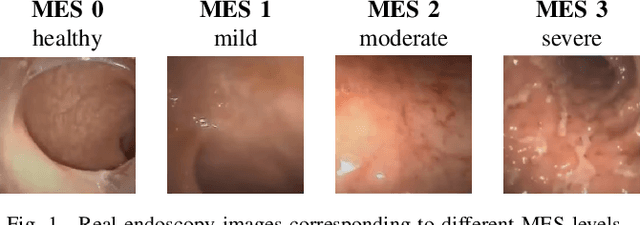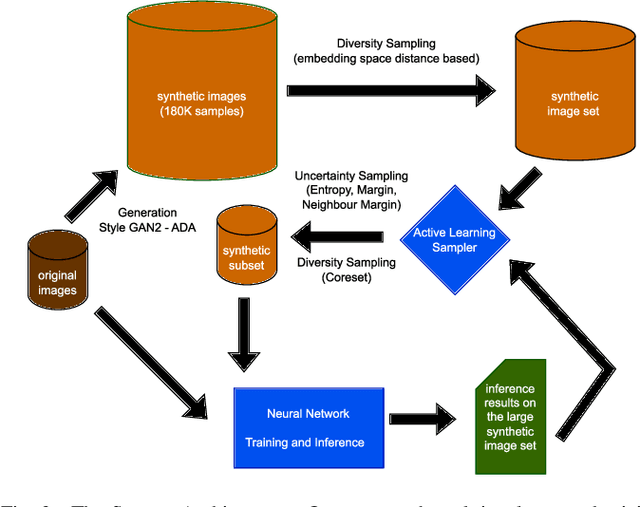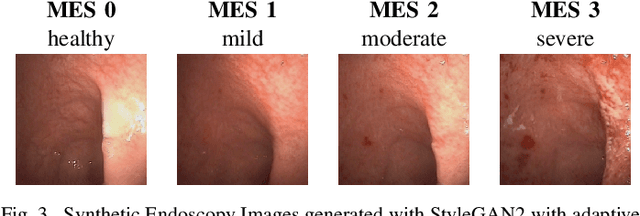Ümit Mert Çağlar
Exploring Challenges in Deep Learning of Single-Station Ground Motion Records
Mar 12, 2024



Abstract:Contemporary deep learning models have demonstrated promising results across various applications within seismology and earthquake engineering. These models rely primarily on utilizing ground motion records for tasks such as earthquake event classification, localization, earthquake early warning systems, and structural health monitoring. However, the extent to which these models effectively learn from these complex time-series signals has not been thoroughly analyzed. In this study, our objective is to evaluate the degree to which auxiliary information, such as seismic phase arrival times or seismic station distribution within a network, dominates the process of deep learning from ground motion records, potentially hindering its effectiveness. We perform a hyperparameter search on two deep learning models to assess their effectiveness in deep learning from ground motion records while also examining the impact of auxiliary information on model performance. Experimental results reveal a strong reliance on the highly correlated P and S phase arrival information. Our observations highlight a potential gap in the field, indicating an absence of robust methodologies for deep learning of single-station ground motion recordings independent of any auxiliary information.
Ulcerative Colitis Mayo Endoscopic Scoring Classification with Active Learning and Generative Data Augmentation
Nov 10, 2023



Abstract:Endoscopic imaging is commonly used to diagnose Ulcerative Colitis (UC) and classify its severity. It has been shown that deep learning based methods are effective in automated analysis of these images and can potentially be used to aid medical doctors. Unleashing the full potential of these methods depends on the availability of large amount of labeled images; however, obtaining and labeling these images are quite challenging. In this paper, we propose a active learning based generative augmentation method. The method involves generating a large number of synthetic samples by training using a small dataset consisting of real endoscopic images. The resulting data pool is narrowed down by using active learning methods to select the most informative samples, which are then used to train a classifier. We demonstrate the effectiveness of our method through experiments on a publicly available endoscopic image dataset. The results show that using synthesized samples in conjunction with active learning leads to improved classification performance compared to using only the original labeled examples and the baseline classification performance of 68.1% increases to 74.5% in terms of Quadratic Weighted Kappa (QWK) Score. Another observation is that, attaining equivalent performance using only real data necessitated three times higher number of images.
 Add to Chrome
Add to Chrome Add to Firefox
Add to Firefox Add to Edge
Add to Edge